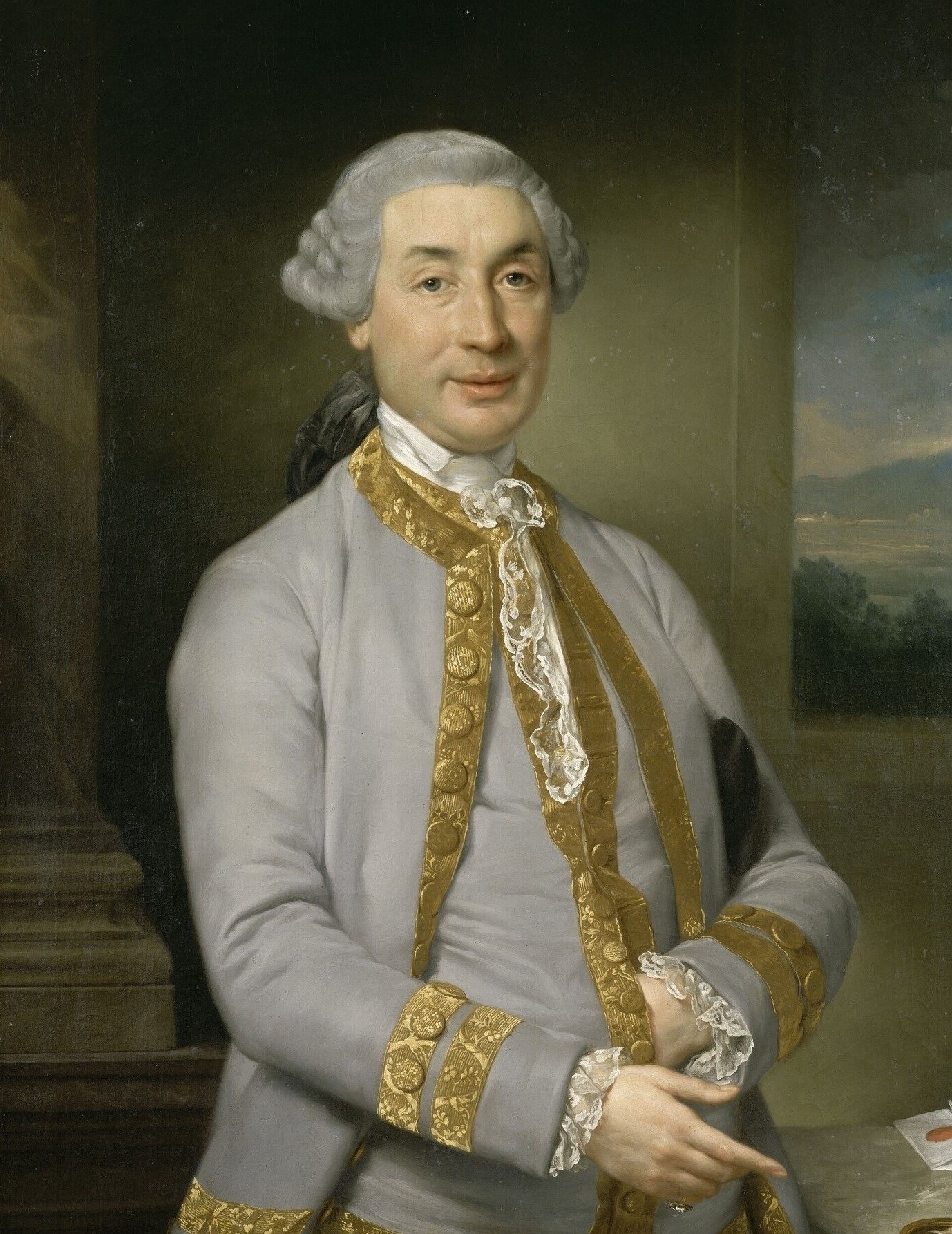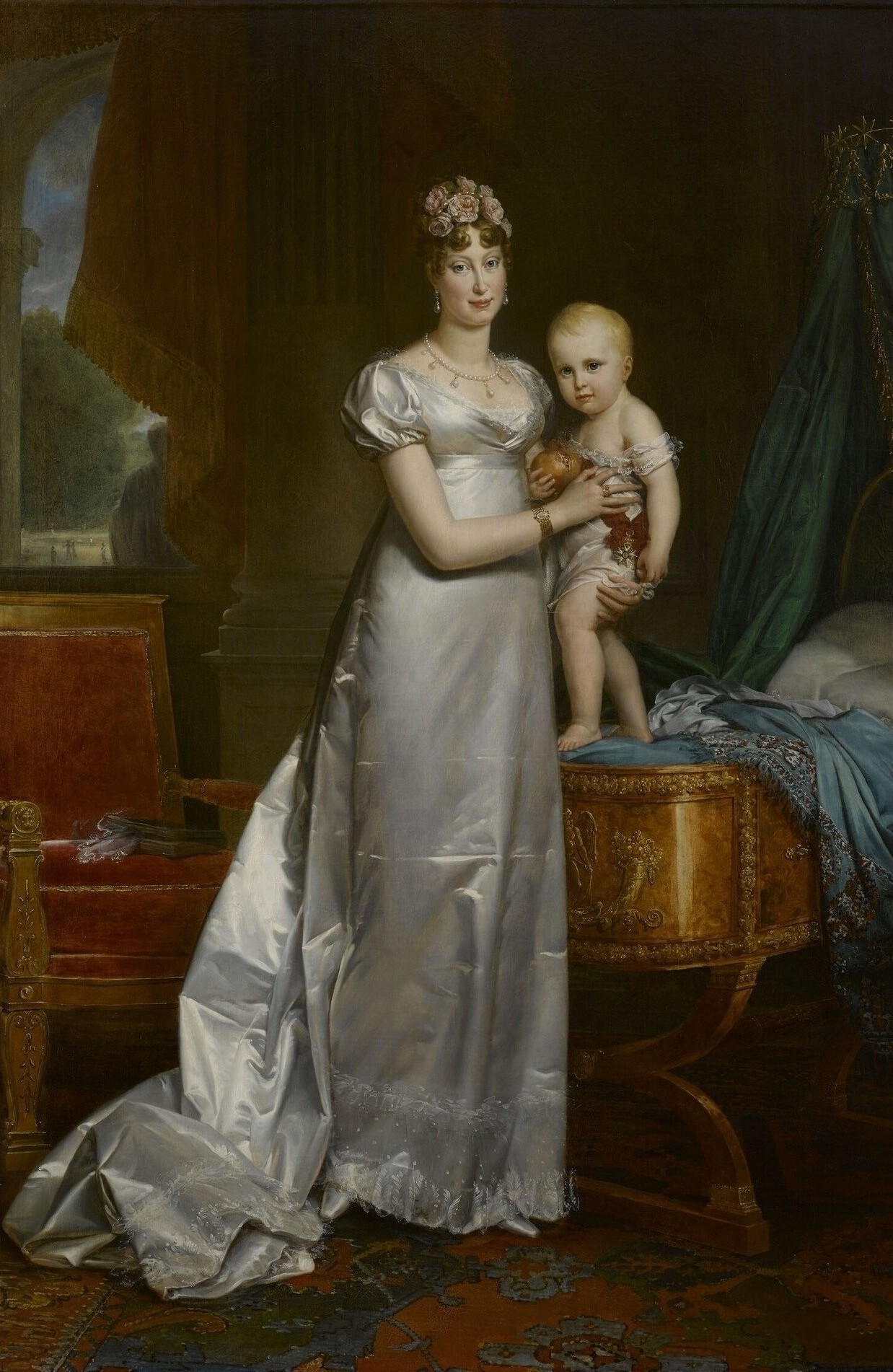|
Forest Of Halatte
The Forest of Halatte (Forêt d'Halatte, ) in Picardy is one of the largest remaining blocks of natural old-growth forest in France. Situated in the département of Oise near Senlis and Pont-Sainte-Maxence, it currently embraces 43 square kilometers. Together with the Forest of Chantilly and the Forest of Ermenonville it forms the ''Massif des Trois Forêts''. On the north it borders the Forest of Compiègne. The Forest of Halatte is still a source of oak and beech timber. The forest, a fragment separated from the ancient ''Silva Cotia'' (forêt de Cuise) cited in the 6th century CE, which became the Forest of Compiègne, bears numerous traces of its prehistoric habitation, in the form of menhirs and dolmens and late Iron Age burials. In the commune of Ognon are the remains of a Gallo-Roman temple dedicated to a curative deity, built in the mid-1st century CE and abandoned during the 4th century. The temple's stones were then quarried for reuse, and the site became overgrow ... [...More Info...] [...Related Items...] OR: [Wikipedia] [Google] [Baidu] |
Oise
Oise ( ; ; pcd, Oése) is a department in the north of France. It is named after the river Oise. Inhabitants of the department are called ''Oisiens'' () or ''Isariens'', after the Latin name for the river, Isara. It had a population of 829,419 in 2019.Populations légales 2019: 60 Oise INSEE History Oise is one of the original 83 departments created during the on March 4, 1790. It was created from part of the of |
Ognon, Oise
Ognon () is a former commune in the Oise department in northern France. On 1 January 2019, it was merged into the new commune Villers-Saint-Frambourg-Ognon Villers-Saint-Frambourg-Ognon () is a commune in the northern French department of Oise. It was established on 1 January 2019 by merger of the former communes of Villers-Saint-Frambourg (the seat) and Ognon. 28 September 2018, modified 14 December 2018 See also * Communes of the Oise departmentReferences [...More Info...] [...Related Items...] OR: [Wikipedia] [Google] [Baidu] |
Napoleon
Napoleon Bonaparte ; it, Napoleone Bonaparte, ; co, Napulione Buonaparte. (born Napoleone Buonaparte; 15 August 1769 – 5 May 1821), later known by his regnal name Napoleon I, was a French military commander and political leader who rose to prominence during the French Revolution and led successful campaigns during the Revolutionary Wars. He was the ''de facto'' leader of the French Republic as First Consul from 1799 to 1804, then Emperor of the French from 1804 until 1814 and again in 1815. Napoleon's political and cultural legacy endures to this day, as a highly celebrated and controversial leader. He initiated many liberal reforms that have persisted in society, and is considered one of the greatest military commanders in history. His wars and campaigns are studied by militaries all over the world. Between three and six million civilians and soldiers perished in what became known as the Napoleonic Wars. Napoleon was born on the island of Corsica, not long aft ... [...More Info...] [...Related Items...] OR: [Wikipedia] [Google] [Baidu] |
Napoleon II
, house = Bonaparte , father = Napoleon I, Emperor of the French , mother = Marie Louise, Duchess of Parma , birth_date = , birth_place = Tuileries Palace, Paris, French Empire , death_date = , death_place = Schönbrunn Palace, Vienna, Austrian Empire , place of burial = Napoleon's tomb, Les Invalides , religion = Roman Catholicism Napoleon II (Napoléon François Joseph Charles Bonaparte; 20 March 181122 July 1832) was disputed Emperor of the French for a few weeks in 1815. The son of Emperor Napoleon I and Marie Louise of Austria, he had been Prince Imperial of France and King of Rome since birth. After the fall of his father, he lived the rest of his life in Vienna and was known in the Austrian court as Franz, Duke of Reichstadt for his adult life (from the German version of his second given name, along with a title he was granted by the Austrian emperor in 1818) ... [...More Info...] [...Related Items...] OR: [Wikipedia] [Google] [Baidu] |
Obelisk
An obelisk (; from grc, ὀβελίσκος ; diminutive of ''obelos'', " spit, nail, pointed pillar") is a tall, four-sided, narrow tapering monument which ends in a pyramid-like shape or pyramidion at the top. Originally constructed by Ancient Egyptians and called ''tekhenu'', the Greeks used the Greek term to describe them, and this word passed into Latin and ultimately English. Ancient obelisks are monolithic; they consist of a single stone. Most modern obelisks are made of several stones. Ancient obelisks Egyptian Obelisks were prominent in the architecture of the ancient Egyptians, and played a vital role in their religion placing them in pairs at the entrance of the temples. The word "obelisk" as used in English today is of Greek rather than Egyptian origin because Herodotus, the Greek traveler, was one of the first classical writers to describe the objects. A number of ancient Egyptian obelisks are known to have survived, plus the " Unfinished Obelisk" found ... [...More Info...] [...Related Items...] OR: [Wikipedia] [Google] [Baidu] |
French Revolution
The French Revolution ( ) was a period of radical political and societal change in France that began with the Estates General of 1789 and ended with the formation of the French Consulate in November 1799. Many of its ideas are considered fundamental principles of liberal democracy, while phrases like '' liberté, égalité, fraternité'' reappeared in other revolts, such as the 1917 Russian Revolution, and inspired campaigns for the abolition of slavery and universal suffrage. The values and institutions it created dominate French politics to this day. Its causes are generally agreed to be a combination of social, political and economic factors, which the ''Ancien Régime'' proved unable to manage. In May 1789, widespread social distress led to the convocation of the Estates General, which was converted into a National Assembly in June. Continuing unrest culminated in the Storming of the Bastille on 14 July, which led to a series of radical measures by the Assemb ... [...More Info...] [...Related Items...] OR: [Wikipedia] [Google] [Baidu] |



